Pull Test Parkinson
How to Test for Parkinson's Disease Parkinson's Disease (PD) is a progressive neurodegenerative disorder affecting both motor and nonmotor abilities It afflicts 1% of those over 60 years of ageJOHN D GAZEWOOD, MD, MSPH,D ROXANNE.

Pull test parkinson. Key Descriptions The Push and Release Test was developed as an alternative to the "Pull Test" now included in the United Parkinson’s The patient leans back pressing on the hands of the examiner;. To test for this, your doctor will quickly and firmly pull back on your shoulders while standing behind you Taking one to two steps backward in order to regain your balance is a normal response, while anything more may indicate a concern Why Latinx Representation Matters in Genetic Testing For Parkinson’s Fact checked by James Lacy How. Physical Examination and Tests Looking for Tremors Resting tremor often is the first symptom of Parkinson's disease Your doctor likely will watch for Gauging Speed of Movement Bradykinesia occurs in most people who have Parkinson's 3 It may cause a lack of Assessing Level of Rigidity.
Parkinson disease (PD) is a neurodegenerative disease involving a progressive depletion of dopaminergic neurons in the basal ganglia, particularly the substantia nigra PD usually manifests at appr. Froment's sign is a special test of the wrist for palsy of the ulnar nerve, specifically, the action of adductor pollicis Froment's maneuver can also refer to the cogwheel effect from contralateral arm movements seen in Parkinson's disease Process of examination To perform the test, a patient is asked to hold an object, usually a flat object such as a piece of paper, between the thumb and. This includes an improvement of UPDRS symptoms by at least 50%, and normalize the pull test Effect of Treatment on the Pull Test The improvement of the results of the pull test are only observed with the treatment with high dose thiamine A normal person receiving the pull back either stays steady or takes one single step back to avoid falling.
Dystonia and dyskinesia are movement problems that commonly occur in Parkinson’s disease (PD)You may experience one or both of them, particularly in latestage PD Dystonia is muscle stiffening caused by PD, while dyskinesia is a type of muscle twisting caused by some PD medications. Early Postural Instability in Parkinson’s Disease A Biomechanical Analysis of the Pull Test 1 Introduction Postural instability and gait disorders are among the main disabling and refractorytotreatment 2 Materials and Methods The study sample comprised 64 healthy subjects (38 females) who. Parkinson’s Disease is one of the most commonly diagnosed motor disorders It is important to be familiar with the physical exam so that you can confirm the diagnosis and monitor how the treatment is benefiting the patient over time Provoked “pull test” maneuver for balance Standing From Chair In this test we want to see if the.
Parkinson’s disease is a type of movement disorder that can significantly impair driving skills, cause safety concerns, and force many people with the condition to stop driving a car. Meaningful clinical test The Pull Test is a quick and informative subscore of the motor part of the Unified Parkinson’ s Disease Rating Scale (UPDRS), and it is used as the main clinical. And (3) the pushandrelease test”.
Jumex17, Here is a video of Dr C performing the pull test on a patient He stands behind the patient and gives a firm pull or tug at the front of the shoulders so that they are quickly pulled backwards This puts the patient off balance and he is checking to see how quickly the patient regains their balance. (2) using an unexpected shoulder pull, without prior warning;. The examiner then suddenly removes their hands Scores are Scoring criteria are as follows 0 =.
Pull test performance and correlation with falls risk in Parkinson’s disease Performance e correlação do teste de retropulsão com o risco de quedas na doença de Parkinson Renato P Munhoz1,2, Helio A Teive3 ABSTRACT Postural instability (PI) and falls are major sources of disability in Parkinson’s disease (PD). The pull test (PT) is used as a measure of postural instability in Parkinson's disease (PD) and other movement disorders In 1987, it was incorporated into the Unified Parkinson's Disease Rating Scale (UPDRS), a scale used to measure the severity and treatment response in PD both in research studies and in clinical practice. Variability in pull test (PT) performance can lead to inadequate evaluation of postural instability in patients with Parkinson’s disease (PD).
Disease (PD) with normal "pull test", using dynamic posturography METHODS Twenty PD patients (H&Y stage 2) and matched healthy controls were studied The patients were evaluated in best 'ON' state using UPDRS and Dynamic Posturography The latter measured dynamic balance indices and limits of. A number of clinical tests are available for testing balance in patients with Parkinson’s disease The Berg Balance Scale, the BESTest, the Tinetti Test, and the Timed Up and Go (TUG) are commonly used in hospitals and longterm care settings The Pull Test, part of the UPDRS, is also used to test postural reactions in those with PD. 2 Munhoz RP, Li JY, Kurtinecz M, Piboolnurak P, Constantino A, & Fahn S et al (04) Evaluation of the pull test technique in assessing postural instability in Parkinson’s disease Neurology, 62, 3 Jacobs JV, Horak FB, Van TK, & Nutt JG (06) An alternative clinical postural stability test for patients with Parkinson’s disease.
A battery of basic, simple tests can be useful in predicting which Parkinson’s disease patients are most likely to fall, leading to injury, reduced mobility and a higher probability of nursing. Physicians typically assess postural instability with a “pull test” A physician will stand behind you and pull you back to see how many steps it takes you to recover your balance If it takes more than one step to recover your balance, you could have a potential problem with postural instability. The pulltest is a part of the Unified Parkinson's Disease Rating Scale (UPDRS) which is most commonly used in clinical practice However, it is not the best tool, especially if the goal involves the identification of all possible balance problems and the resultant causes ( 4 ).
How to Test for Parkinson's Disease Parkinson's Disease (PD) is a progressive neurodegenerative disorder affecting both motor and nonmotor abilities It afflicts 1% of those over 60 years of ageJOHN D GAZEWOOD, MD, MSPH,D ROXANNE. Postural instability is a disabling feature of Parkinson’s disease (PD), contributing to recurrent falls and fallrelated injuries The retropulsion test is widely regarded as the gold standard to evaluate postural instability, and is therefore a key component of the neurological examination in PD. The retropulsion test is widely regarded as the gold standard to evaluate postural instability, and is therefore a key component of the neurological examination in PD Many variants exist, which confuses both clinical practice and research Here, we evaluate the merits of this test by discussing three common variants (1) the pull test as described in the MDSUPDRS scale;.
Parkinson’s disease (PD) is the second most common neurodegenerative disease in the developed world The disease is characterized by a broad range of motor and nonmotor symptoms Nonmotorsymptoms include widely recognised examples such as gastrointestinal complaints, cognitive decline or autonomic dysfunction, but also less well appreciated ones such as visual impairment. Dystonia and dyskinesia are movement problems that commonly occur in Parkinson’s disease (PD)You may experience one or both of them, particularly in latestage PD Dystonia is muscle stiffening caused by PD, while dyskinesia is a type of muscle twisting caused by some PD medications. 23–26 Timed Up and Go (TUG) Test;.
Ganesan M, Pal PK, Gupta A, Sathyaprabha TN Dynamic posturography in evaluation of balance in patients of Parkinson’s disease with normal pull test concept of a diagonal pull test Parkinsonism Relat Disord 10;16(9)595–599 43 Fukunaga JY, Quitschal RM, Doná F, Ferraz HB, Ganança MM, Caovilla HH Postural control in Parkinson’s. And (3) the pushandrelease test. The Pull Test is a quick and informative subscore of the motor part of the Unified Parkinson's Disease Rating Scale (UPDRS), and it is used as the main clinical examination for evaluating postural stability in people with PD It consists of pulling subjects backward from their shoulders and scoring the subject's ability to respond to this abrupt stimulus.
Author suerosier Posted on February 26, August 19, Categories Alternative therapies s enzymes, Parkinson's, Pull test, Thiamin HCL, transporters, TTFD Thiamin, Vitamin B1 Leave a comment on Flops and flips. This video is brought to you by the Stanford Medicine 25 to teach you the exam to diagnose Parkinson's Disease confidently as well as monitor response to tre. I recently read an article in which the authors discuss the merits of the retropulsion test to evaluate postural instability in Parkinson’s The three methods are “(1) the pull test as described in the MDSUPDRS scale;.
A normal pull test is one to two steps of retropulsion after a brief tug backward;. Author suerosier Posted on February 26, August 19, Categories Alternative therapies s enzymes, Parkinson's, Pull test, Thiamin HCL, transporters, TTFD Thiamin, Vitamin B1 Leave a comment on Flops and flips. Impairment of postural reflexes (pull test score > 0) Any clinically significant medical condition (eg, active GI illness, angina, active neoplasm) or laboratory abnormality, which would in the judgment of the investigator interfere with the subjects ability to participate in the study or to be followed.
Always warn the patient what you are going to do and be prepared to catch them if they fall 48 Slow, shuffling gait with short strides, reduced or absent arm swing, start hesitation, and freezing of gait often accompany postural instability. Later in the course of the Parkinson’s additional signs may be present including postural instability (eg tendency to fall backwards after a sharp pull from the examiner the ‘pull test’) and orthostatic hypotension (OH) MacMahon and Thomas Scale MacMahon and Thomas (1998) have provided a clinical staging classification The model is based on four stages of progression from a state of gaining thebest health, through to the requirement of support and comfort diagnosis. The Pull Test in healthy subjects and Parkinson´s disease quantitative pullforce measure, postugraphic and electromyographic analysis.
(2) using an unexpected shoulder pull, without prior warning;. A normal pull test is one to two steps of retropulsion after a brief tug backward;. The improvement of the results of the pull test are only observed with the treatment with high dose thiamine A normal person receiving the pull back either stays steady or takes one single step back to avoid falling This is a normal response However, if a patient with PD is pulled strongly backwards (receives a pull back test), he or she will take two or three steps back before recovering, or requires support to avoid falling backward.
Abstract Postural instability is a disabling feature of Parkinson's disease (PD), contributing to recurrent falls and fallrelated injuries The retropulsion test is widely regarded as the gold standard to evaluate postural instability, and is therefore a key component of the neurological examination in PD. Variability in pull test (PT) performance can lead to inadequate evaluation of postural instability in patients with Parkinson’s disease (PD) Assessing 66 PTs by 25 examiners, at least two of four raters agreed that specific items were performed incorrectly for stance in 273%, for strength and briskness of the pull in 849%, for examiner’s response in 364%, and for technique issues in 9. The MDSUPDRS was developed to evaluate various aspects of Parkinson’s disease including nonmotor and motor experiences of daily living and motor complications It includes a motor evaluation and characterizes the extent and burden of disease across various populations The scale can be used in a clinical setting as well as in research.
The most conventional clinical tests to assess the balance in PD are the Berg Balance Scale (BBS);. The Retropulsion Test’ or Pull Test’ (Postural Stability Item #30 of the Unified Parkinson’s Disease Rating Scale;. The aim of this study was to compare the Pull Test—Retropusion Test and the Push and Release Test (P&R) as regards their ability to predict Parkinson (PD) fallers and nonfallers in relation to their medication state Eighty‐two PD patients participated in the study.
Unified Parkinson Disease Rating Scale The UPDRS scale refers to Unified Parkinson Disease Rating Scale, and it is a rating tool used to gauge the course of Parkinson’s disease in patients The UPDRS scale has been modified over the years by several medical organizations, and continues to be one of the bases of treatment and research in PD. June 23, 10 Basic, simple tests can help predict which Parkinson’s disease patients are most likely to fall, leading to injury, reduced mobility, and a higher probability of nursing home. My experience and opinion is this the pull test you see here, is very important and shows how after a month changes improving It is part of the visit that the doctor does that includes interview, complete UPDRS test including pull test, answer to Patient questions look at the videos of previous visits to see the changes (usually for the.
A number of clinical tests are available for testing balance in patients with Parkinson’s disease The Berg Balance Scale, the BESTest, the Tinetti Test, and the Timed Up and Go (TUG) are commonly used in hospitals and longterm care settings The Pull Test, part of the UPDRS, is also used to test postural reactions in those with PD. June 23, 10 Basic, simple tests can help predict which Parkinson’s disease patients are most likely to fall, leading to injury, reduced mobility, and a higher probability of nursing home. The home of Pull 4 Parkinson’s Foundation, Inc, a foundation seeking to raise funds and awareness for Parkinson's Disease and to foster research and best care practices We are a notforprofit registered 501(c)3 Charity in the State of New York.
Diagnosis No specific test exists to diagnose Parkinson's disease Your doctor trained in nervous system conditions (neurologist) will diagnose Parkinson's disease based on your medical history, a review of your signs and symptoms, and a neurological and physical examination Your doctor may suggest a specific singlephoton emission computerized tomography (SPECT) scan called a dopamine transporter scan (DaTscan). Pull Test The pull test is useful for assessing for postural instability in patients with Parkinsonism. The UPDRS scale has been modified over the years by several medical organizations, and continues to be one of the bases of treatment and research in PD clinics The UPDRS scale includes series of ratings for typical Parkinson’s symptoms that cover all of the movement hindrances of Parkinson’s disease The UPDRS scale consists of the following five segments 1) Mentation, Behavior, and Mood, 2) ADL, 3) Motor sections, 4) Modified Hoehn and Yahr Scale, and 5) Schwab and England ADL scale.
27,28 and pulltest, tandem walk, and singleleg standing tests 11,18 Objective assessment of balance. The Hoehn and Yahr scale is a commonly used system for describing how the symptoms of Parkinson's disease progress It was originally published in 1967 in the journal Neurology by Margaret Hoehn and Melvin Yahr and included stages 1 through 5 Since then, a modified Hoehn and Yahr scale was proposed with the addition of stages 15 and 25 to help describe the intermediate course of the disease. This includes an improvement of UPDRS symptoms by at least 50%, and normalize the pull test Effect of Treatment on the Pull Test The improvement of the results of the pull test are only observed with the treatment with high dose thiamine A normal person receiving the pull back either stays steady or takes one single step back to avoid falling.
Always warn the patient what you are going to do and be prepared to catch them if they fall 48 Slow, shuffling gait with short strides, reduced or absent arm swing, start hesitation, and freezing of gait often accompany postural instability. The subthalamic nucleus is the preferred neurosurgical target for deepbrain stimulation to treat cardinal motor features of Parkinson’s disease Focused ultrasound is an imagingguided method. Retropulsion in Parkinson’s disease is the force that contributes to loss of balance in a backwards or posterior direction Retropulsion occurs due to a worsening of postural stability and an associated loss of postural reflexes You may be familiar with the “pull test” that your neurologist performs to check your stability Your doctor will stand.
Postural instability is a disabling feature of Parkinson's disease (PD), contributing to recurrent falls and fallrelated injuries The retropulsion test is widely regarded as the gold standard to evaluate postural instability, and is therefore a.
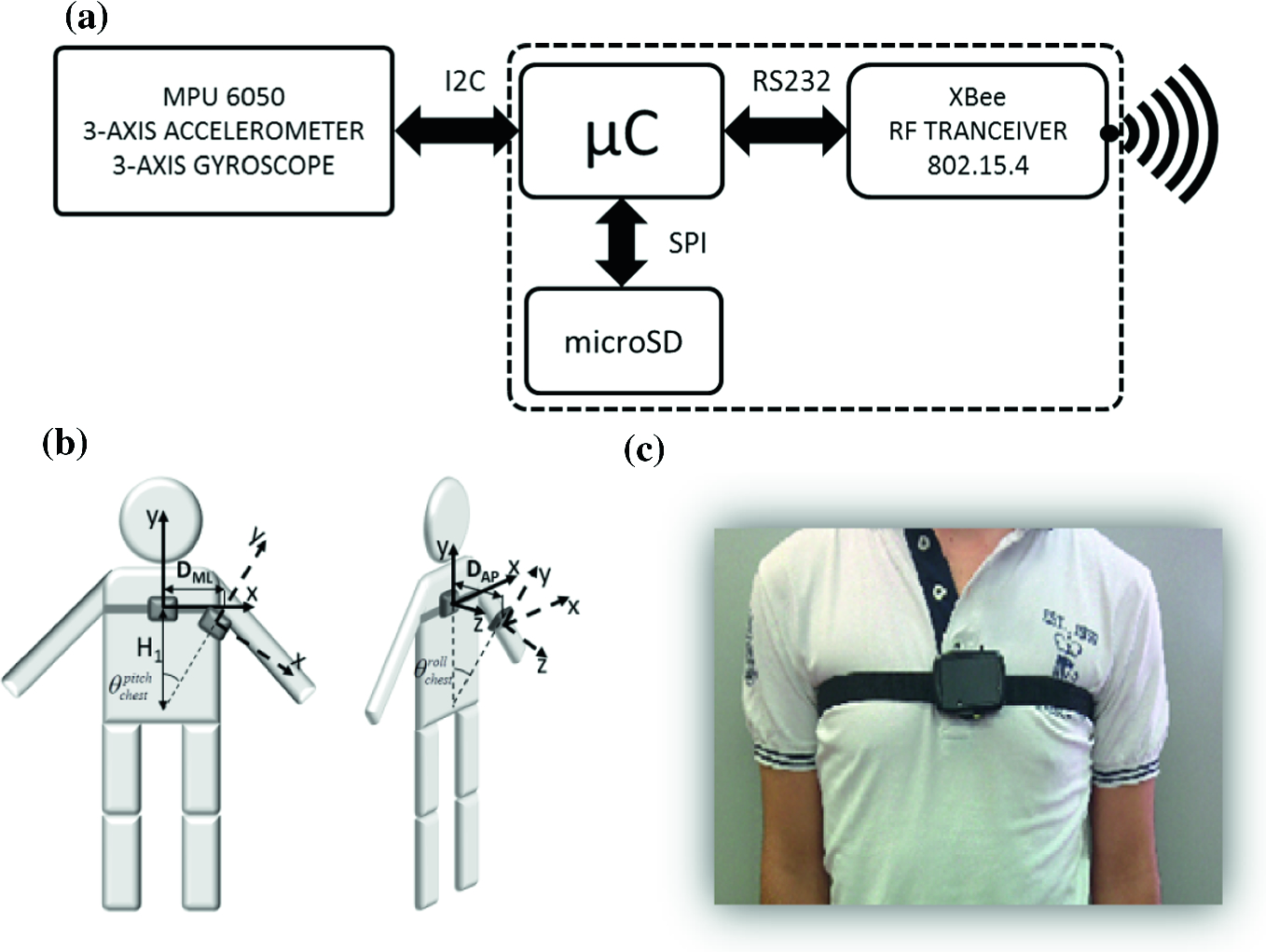
A Wearable Device To Support The Pull Test In Parkinson Disease Springerlink

Effects Of The Agility Boot Camp With Cognitive Challenge Abc C Exercise Program For Parkinson S Disease Npj Parkinson S Disease

Tremor Sorting Through The Differential Diagnosis American Family Physician
Pull Test Parkinson のギャラリー
Prediction Of Falls And Or Near Falls In People With Mild Parkinson S Disease

Retropulsion Youtube
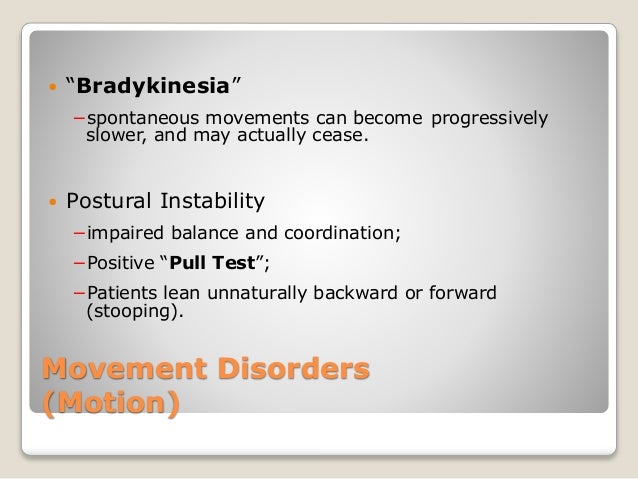
Parkinson S Disease
Gale Academic Onefile Document Early Postural Instability In Parkinson S Disease A Biomechanical Analysis Of The Pull Test

The Retropulsion Test A Good Evaluation Of Postural Instability In Parkinson S Disease Journal Of Parkinson S Disease
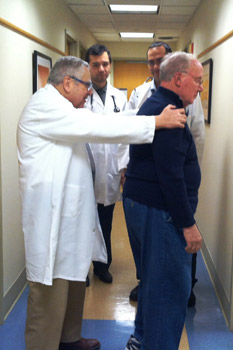
About Movement Disorders

Full Text A Posturographic Procedure Assessing Balance Disorders In Parkinson S Cia
Prediction Of Falls And Or Near Falls In People With Mild Parkinson S Disease
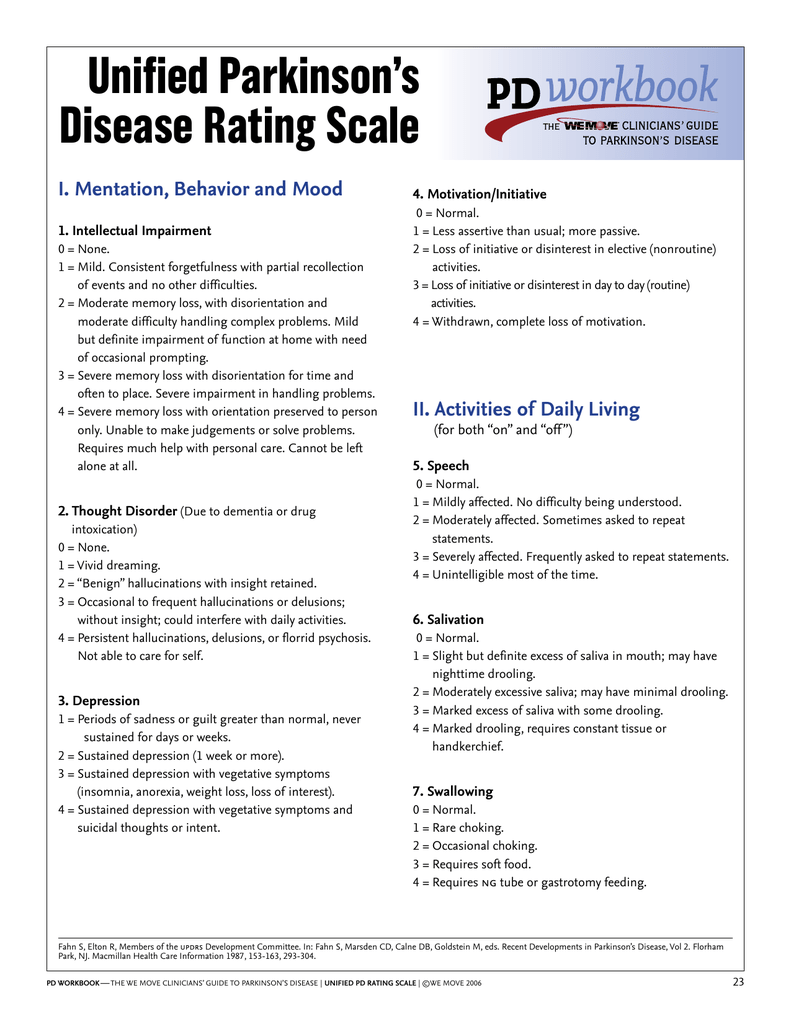
Unified Parkinson S Disease Rating Scale

The Retropulsion Test A Good Evaluation Of Postural Instability In Parkinson S Disease Journal Of Parkinson S Disease

International Encyclopedia Of Rehabilitation Pdf Free Download

An Instrumented Pull Test To Characterize Postural Responses Protocol
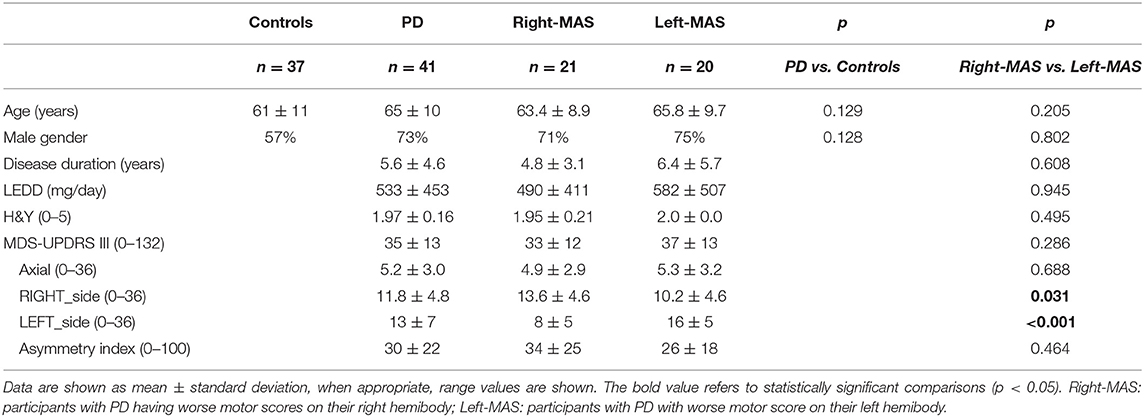
Frontiers The Choice Of Leg During Pull Test In Parkinson S Disease Not Mere Chance Neurology

Parkinson Exam

Gait Analysis Comparing Parkinson S Disease With Healthy Elderly Subjects
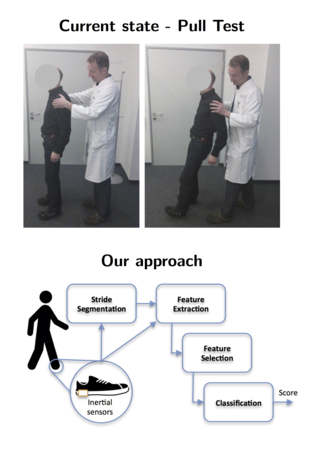
Pasluosta Cristian

Exercise For Parkinson S Disease Sciencedirect
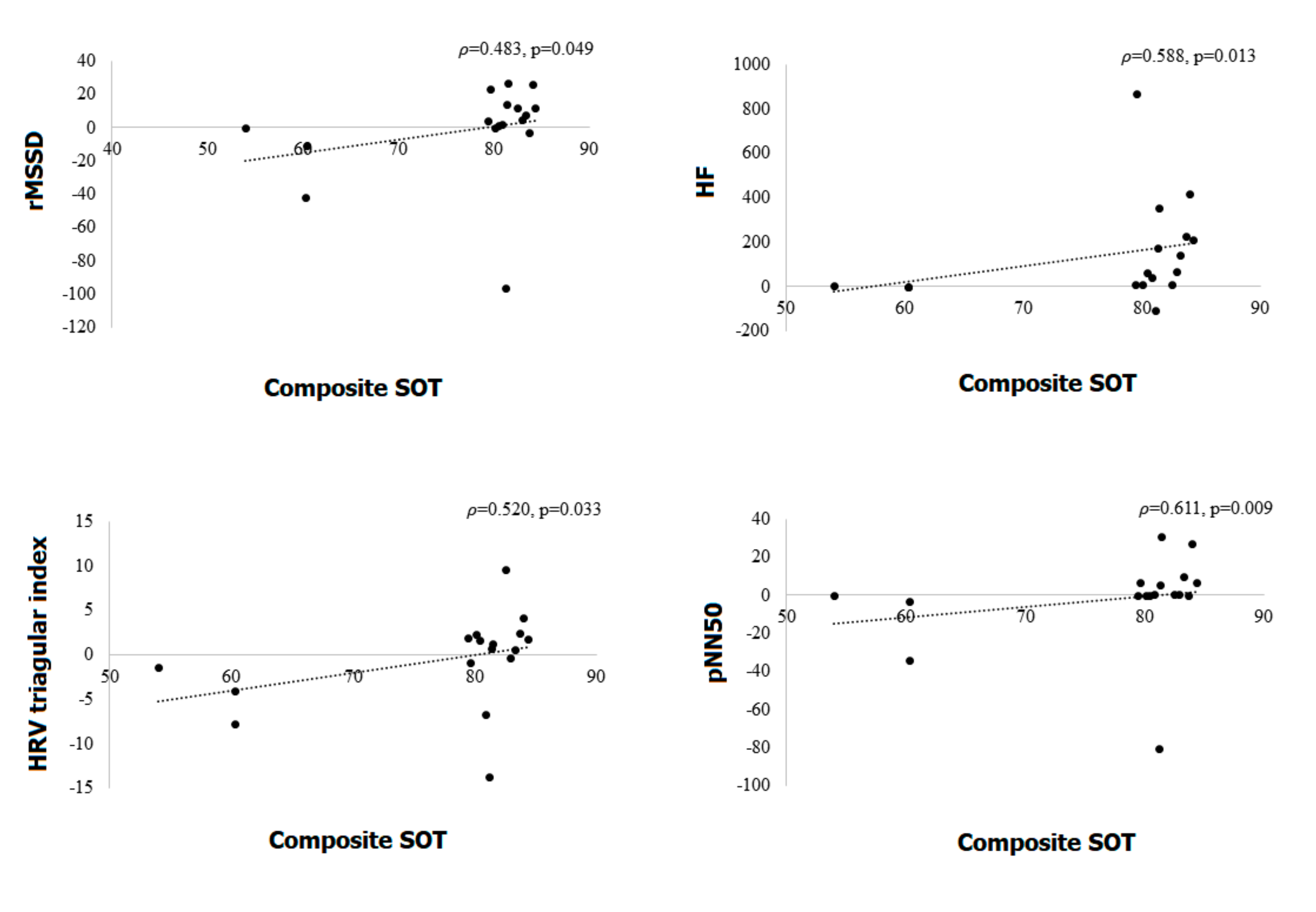
Jcm Free Full Text Association Of Postural Instability With Autonomic Dysfunction In Early Parkinson S Disease Html

Parkinson S Disease Exam Stanford Medicine 25 Stanford Medicine

Table 3 From How I Examine My Patient The Retropulsion Test A Good Evaluation Of Postural Instability In Parkinson S Disease Semantic Scholar

Latest Parkinson Gifs Gfycat

Effects Of Deep Brain Stimulation And Levodopa On Postural Sway In Parkinson S Disease Journal Of Neurology Neurosurgery Psychiatry

Parkinsonism Related Disorders

The In S And Out S Of Parkinson S Disease Lifespan Therapies

The Retropulsion Test A Good Evaluation Of Postural Instability In Parkinson S Disease Journal Of Parkinson S Disease

Voltage Adjustment Improves Rigidity And Tremor In Parkinson S Disease Patients Receiving Deep Brain Stimulation Xu Sh Yang C Xian Wb Gu J Liu Jl Jiang Ll Ye J Liu Ym Guo Qy

Research In Parkinson S Disease In India A Review Surathi P Jhunjhunwala K Yadav R Pal Pk Ann Indian Acad Neurol

Postural Instability Parkinson S Disease And Occupational Therapy

Parkinson S Disease Sketchy Medicine

Phil Parkinson Quotes Quotehd

Group Characteristics Concerning A Selected Group Of Falling And Download Scientific Diagram

Hallmarks Of Clinical Aspects Of Parkinson S Disease Through Centuries Sciencedirect

We Need To Talk About The Updrs The Science Of Parkinson S

逆行测试 对帕金森氏病姿势不稳定性的良好评价 帕金森氏病杂志

Table 2 From How I Examine My Patient The Retropulsion Test A Good Evaluation Of Postural Instability In Parkinson S Disease Semantic Scholar

Parkinsons Disease V Pharm D

Comparing Balance Performance On Force Platform Measures In Individuals With Parkinson S Disease And Healthy Adults
Gale Academic Onefile Document Early Postural Instability In Parkinson S Disease A Biomechanical Analysis Of The Pull Test
Github Sayakpaul Parkinson S Disease Classifier Deep Learning Experiments To Design A Model To Predict Parkinson S Diseases With The Images Of Spiral Wave Test
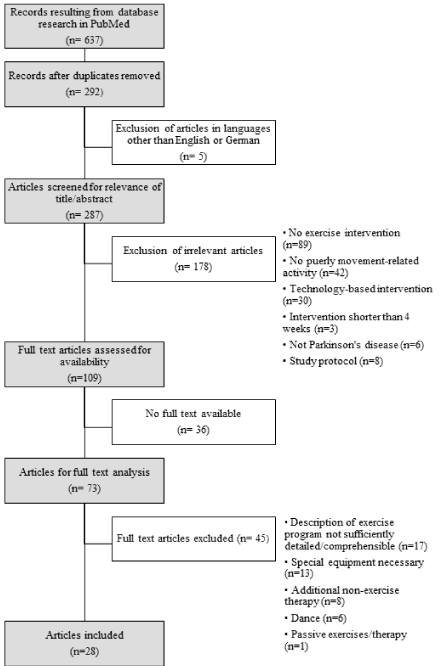
Exercise Therapy In Parkinson S Disease An Overview Of Current Interventional Studies

Pull Test Parkinson Parkinsons Disease Doctor Steve Abel

Phil Parkinson We Ve Been Waiting Three Years To Pull Out A Good Draw And Quotetab
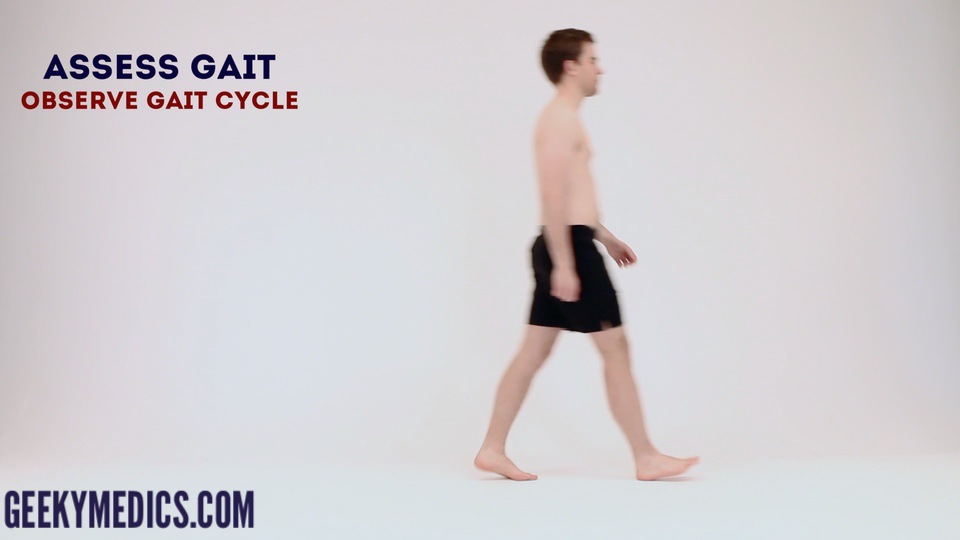
Parkinson S Disease Examination Osce Neurology Geeky Medics
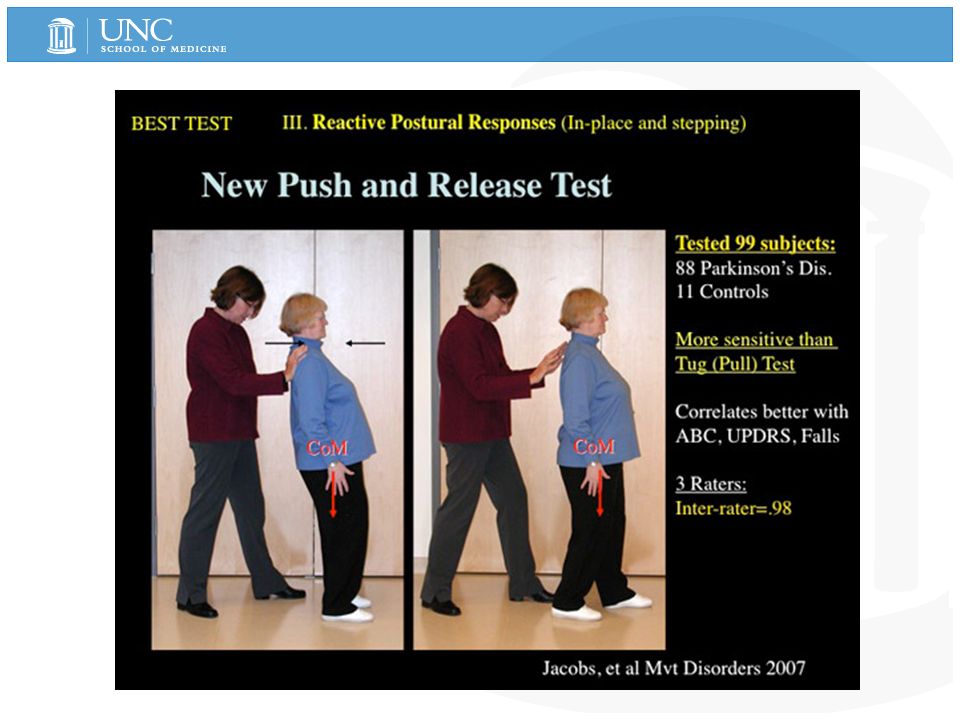
Parkinson Disease New Perspectives From Clinical Research Ppt Download

Full Text A Posturographic Procedure Assessing Balance Disorders In Parkinson S Cia

Tremor Sorting Through The Differential Diagnosis American Family Physician

Lessons Learned Symptomatic Trials In Early Parkinson S Disease Chapter 26 Parkinson S Disease

Frontiers Evaluation Of Balance Disorders In Parkinson S Disease Using Simple Diagnostic Tests Not So Simple To Choose Neurology

Pdf An Alternative Clinical Postural Stability Test For Patients With Parkinson S Disease
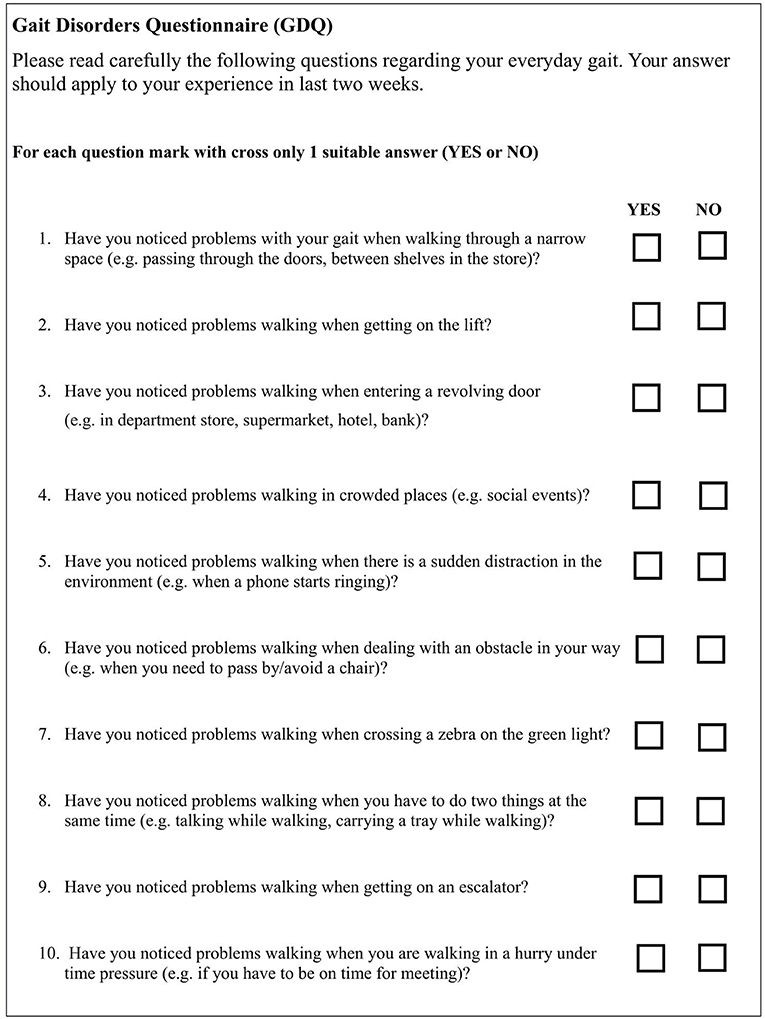
Frontiers Gait Disorders Questionnaire Promising Tool For Virtual Reality Designing In Patients With Parkinson S Disease Neurology

Pdf Pull Test Performance And Correlation With Falls Risk In Parkinson S Disease
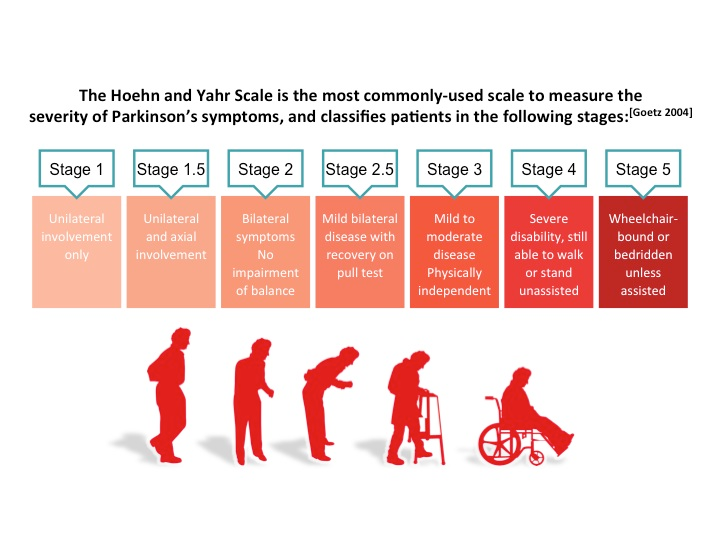
Parkinson S Why Wait Connect Neuro Physiotherapy
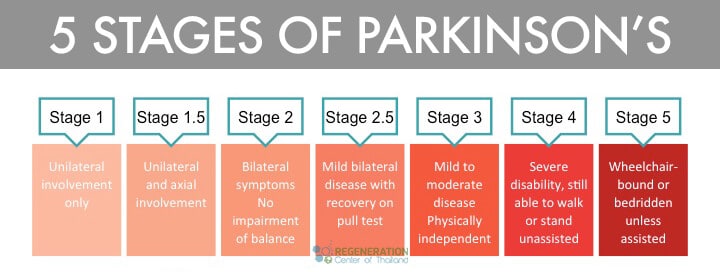
Neural Stem Cell Therapy For Parkinson S Disease Pd
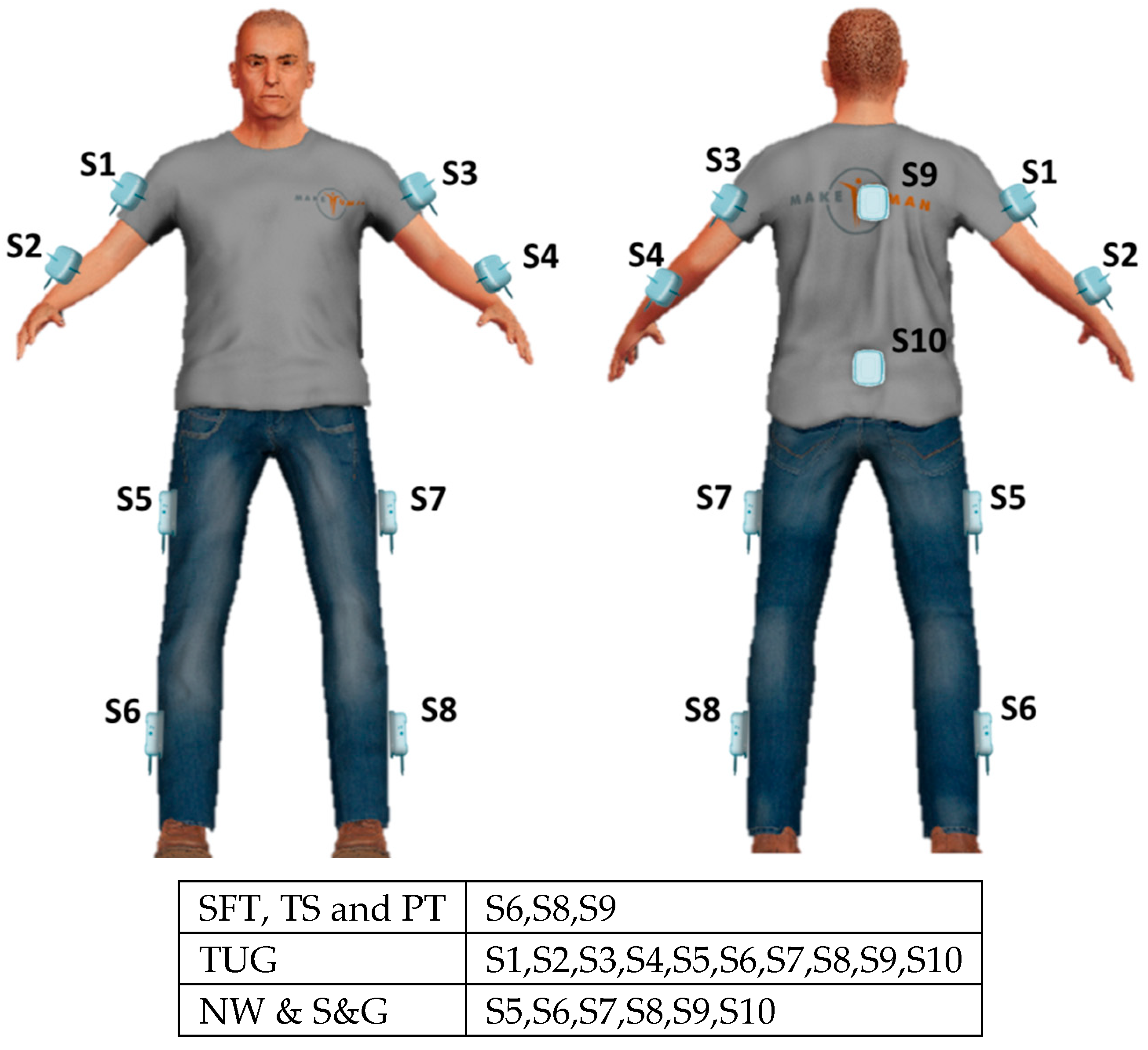
Sensors Free Full Text Wearable Electronics Assess The Effectiveness Of Transcranial Direct Current Stimulation On Balance And Gait In Parkinson S Disease Patients Html
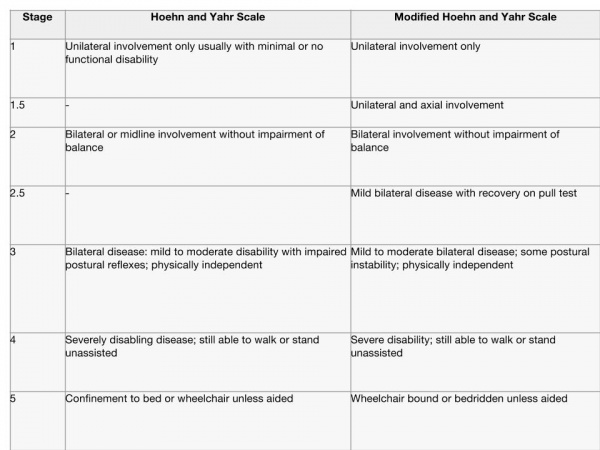
Parkinson S Clinical Presentation Physiopedia

Pdf Doppler Ultrasonographic Examination Of The Leg Veins Of Patients With Parkinson Disease

Dynamic Posturography In Evaluation Of Balance In Patients Of Parkinson S Disease With Normal Pull Test Concept Of A Diagonal Pull Test Semantic Scholar

Enhanced Exercise Therapy In Parkinson S Disease A Comparative Effectiveness Trial Journal Of Science And Medicine In Sport

The Utility Of An Instrumented Pull Test To Evaluate Postural Instability In Parkinson S Disease

Pdf Prospective Assessment Of Falls In Parkinson S Disease Bastiaan Bloem Academia Edu

3 Yard Hoen Parkinson S Disease Clinical Medicine

Figure 1 From An Alternative Clinical Postural Stability Test For Patients With Parkinson S Disease Semantic Scholar

Pdf The Retropulsion Test A Good Evaluation Of Postural Instability In Parkinson S Disease

Parkinson S Disease Symptom Postural Instability Dr Paresh Doshi Youtube

Figure 1 From An Alternative Clinical Postural Stability Test For Patients With Parkinson S Disease Semantic Scholar

Parkinson S Disease

Research In Parkinson S Disease In India A Review Surathi P Jhunjhunwala K Yadav R Pal Pk Ann Indian Acad Neurol
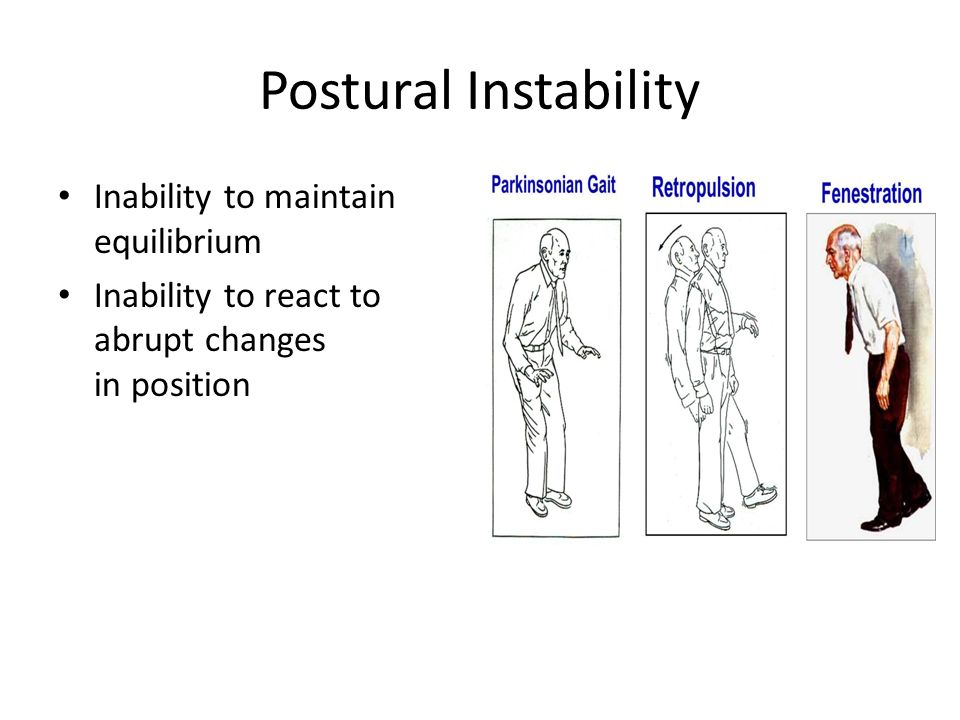
Parkinson S Disease A Geriatrics Syndrome Ppt Video Online Download

Parkinsonism Related Disorders

We Need To Talk About The Updrs The Science Of Parkinson S

Early Postural Instability In Parkinson S Disease A Biomechanical Analysis Of The Pull Test

Parkinson S Disease Basicmedical Key

Simple Solutions That Make Living With Parkinson S A Little Easier
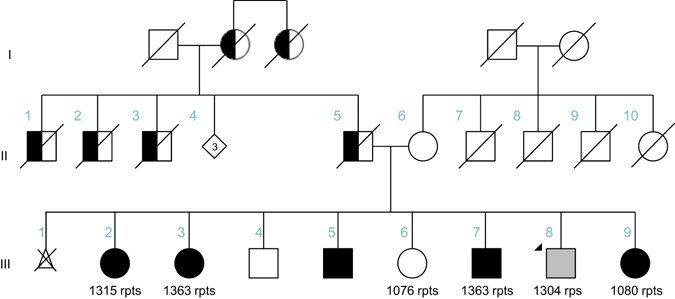
Parkinson S Disease Associated With Pure Atxn10 Repeat Expansion Npj Parkinson S Disease
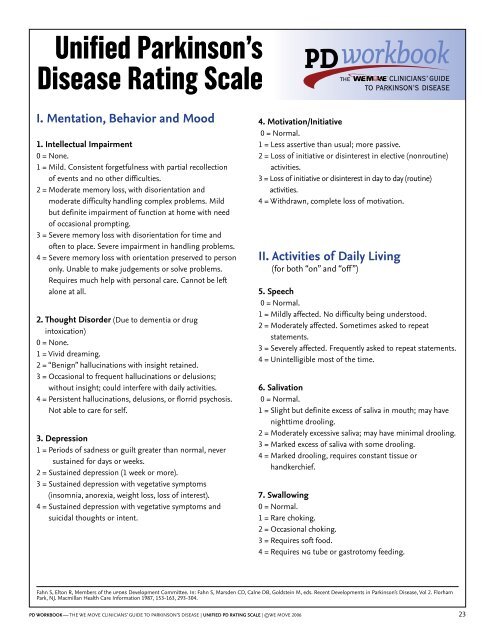
Unified Parkinson S Disease Rating Scale Medscape

Pdf Push And Release Test Predicts Better Parkinson Fallers And Nonfallers Than The Pull Test Comparison In Off And On Medication States

An Instrumented Pull Test To Characterize Postural Responses Protocol

Pdf The Retropulsion Test A Good Evaluation Of Postural Instability In Parkinson S Disease
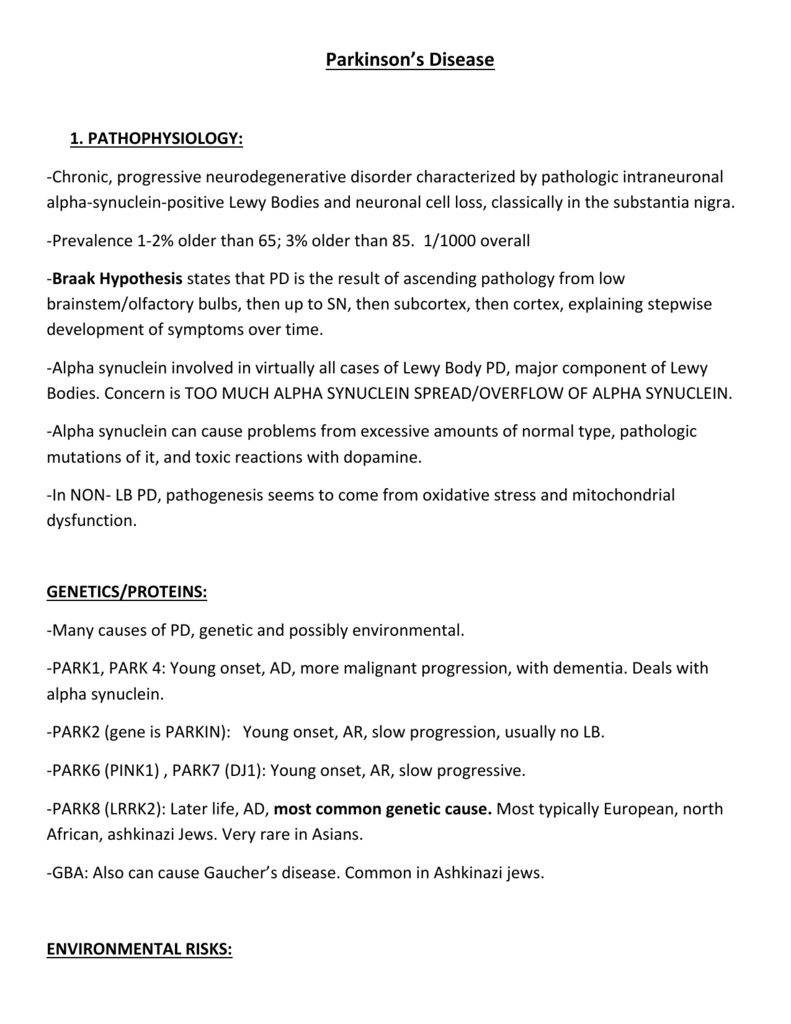
Parkinson S Disease

Github Prateekralhan Detection Of Parkinson S Disease With Spiral Wave Test

The Hoehn Yahr Scale Classifying Different Stages Of Parkinson S Download Scientific Diagram
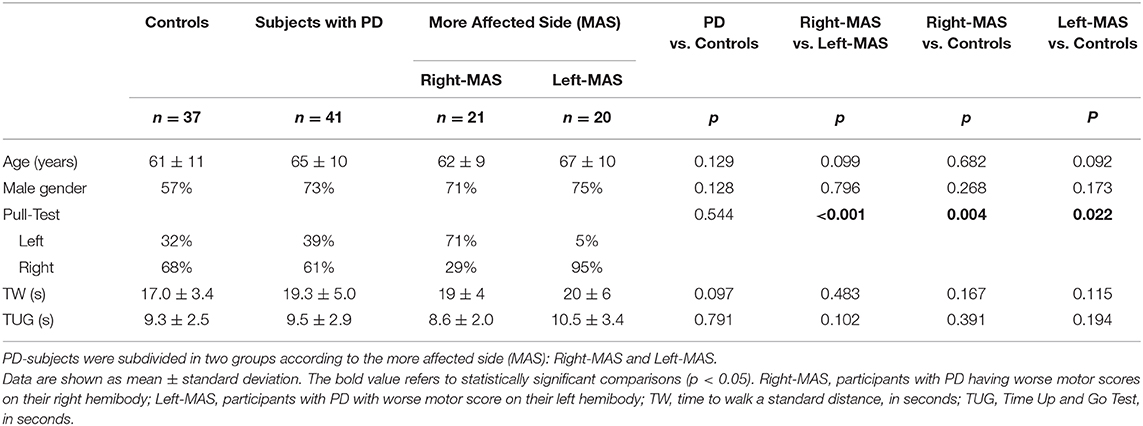
Frontiers The Choice Of Leg During Pull Test In Parkinson S Disease Not Mere Chance Neurology



